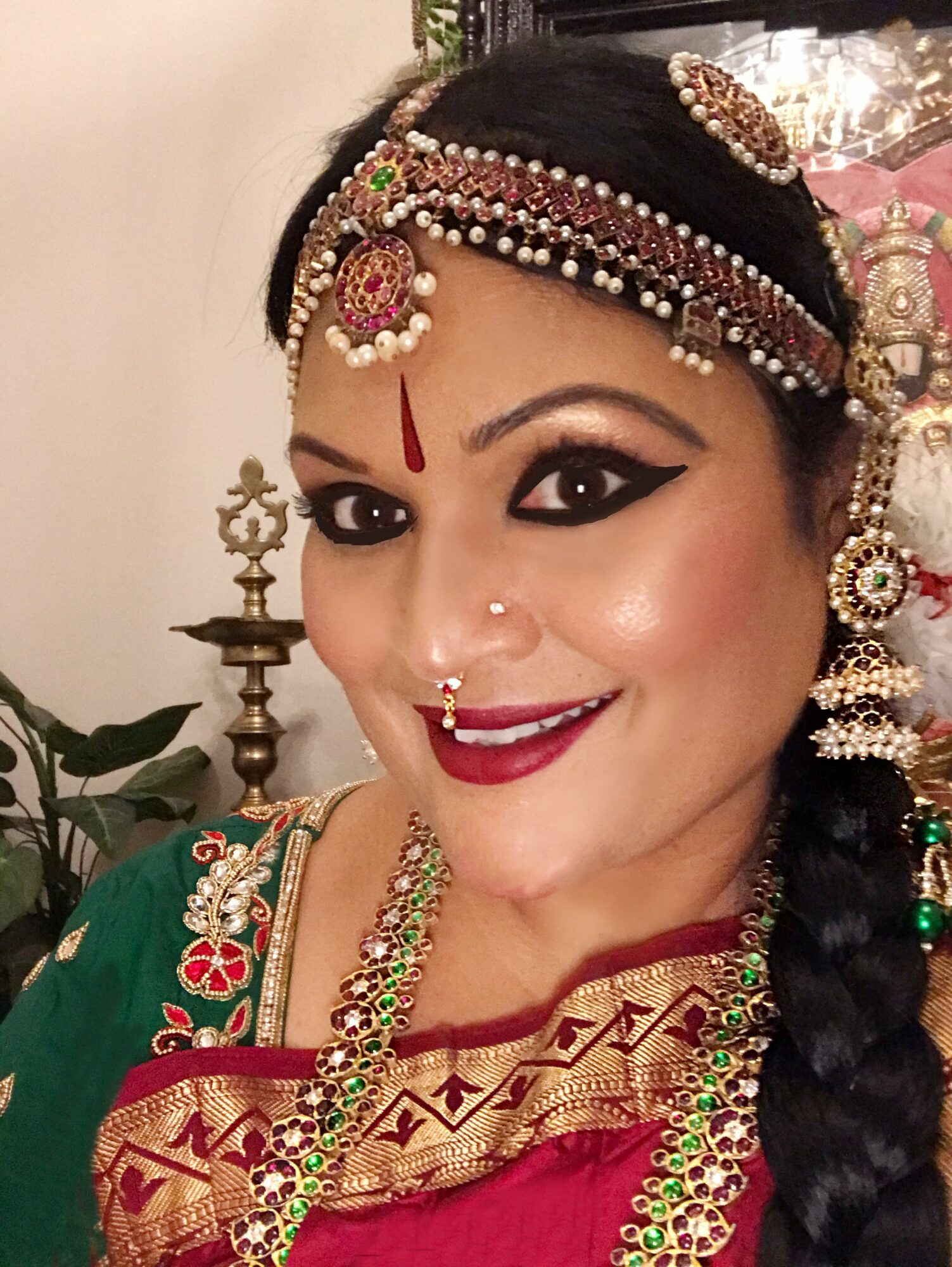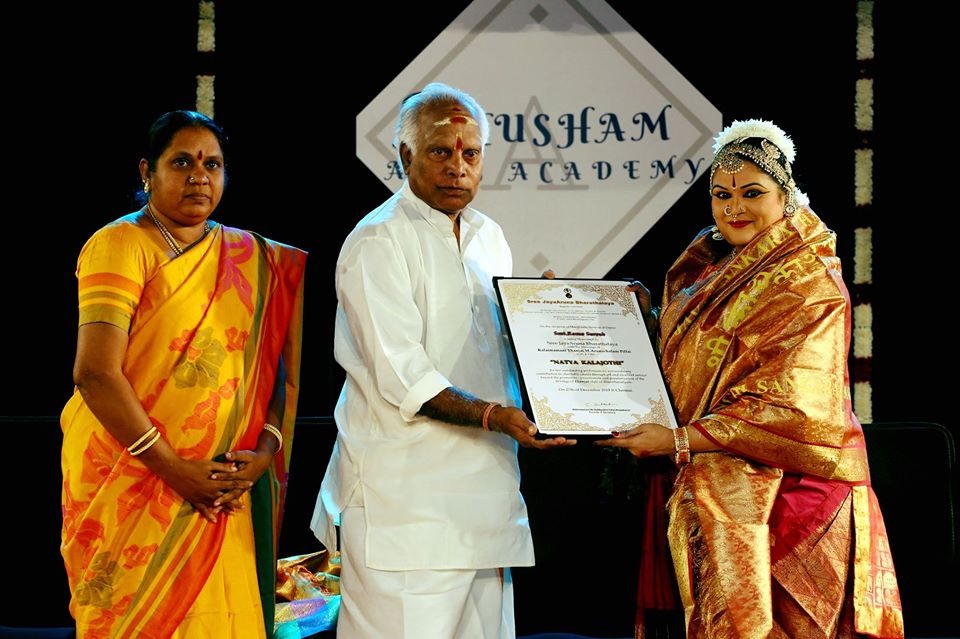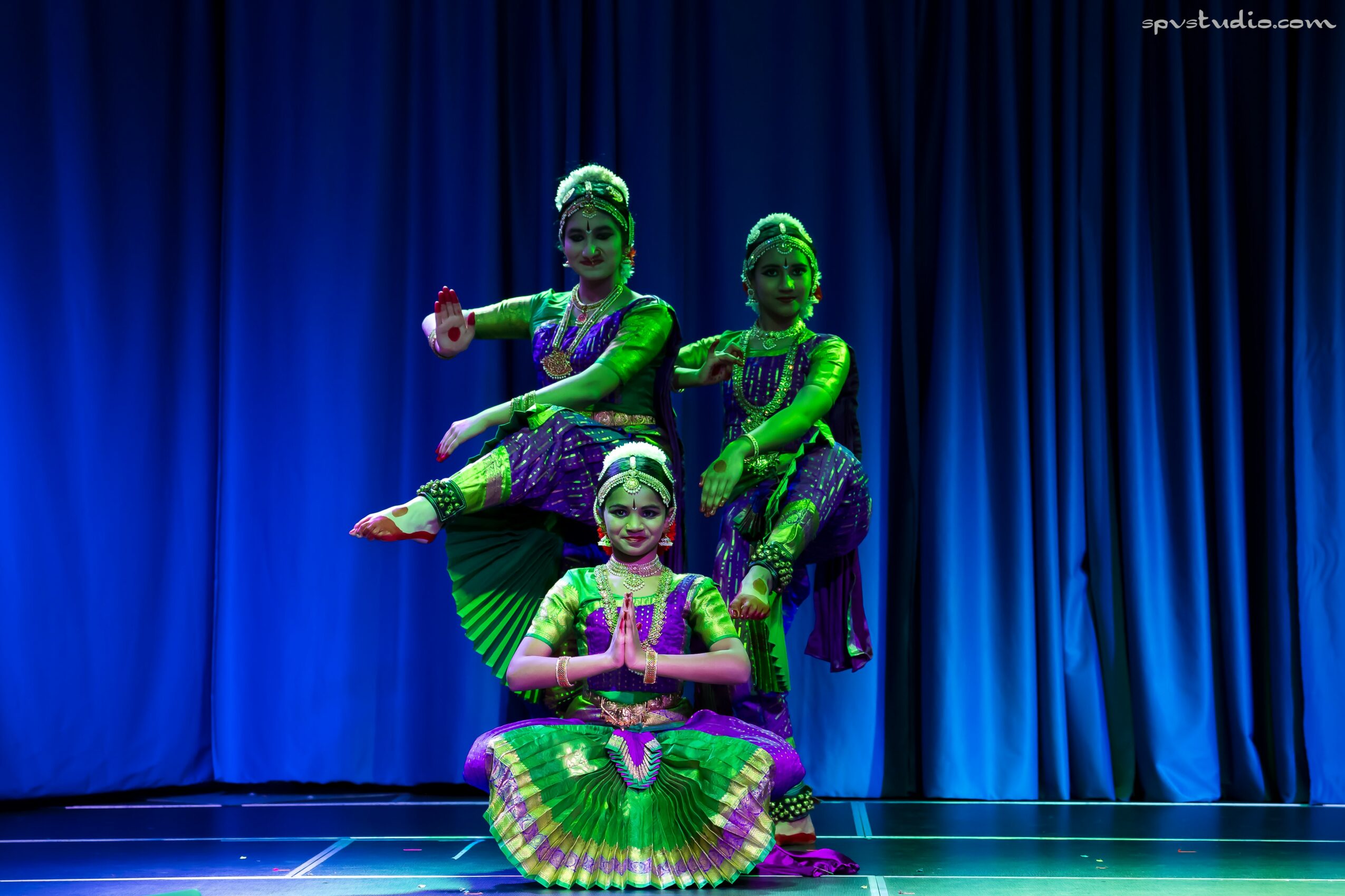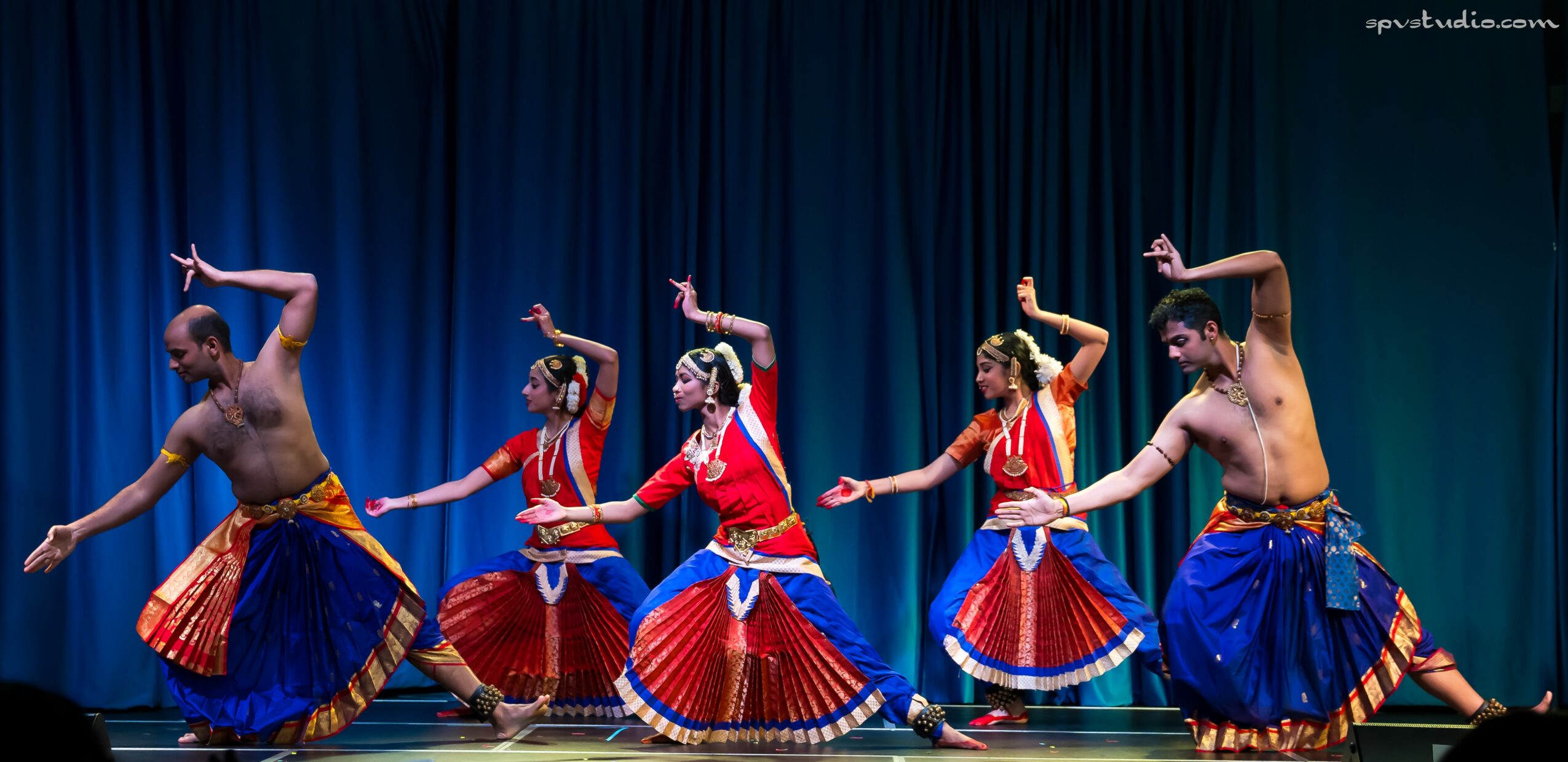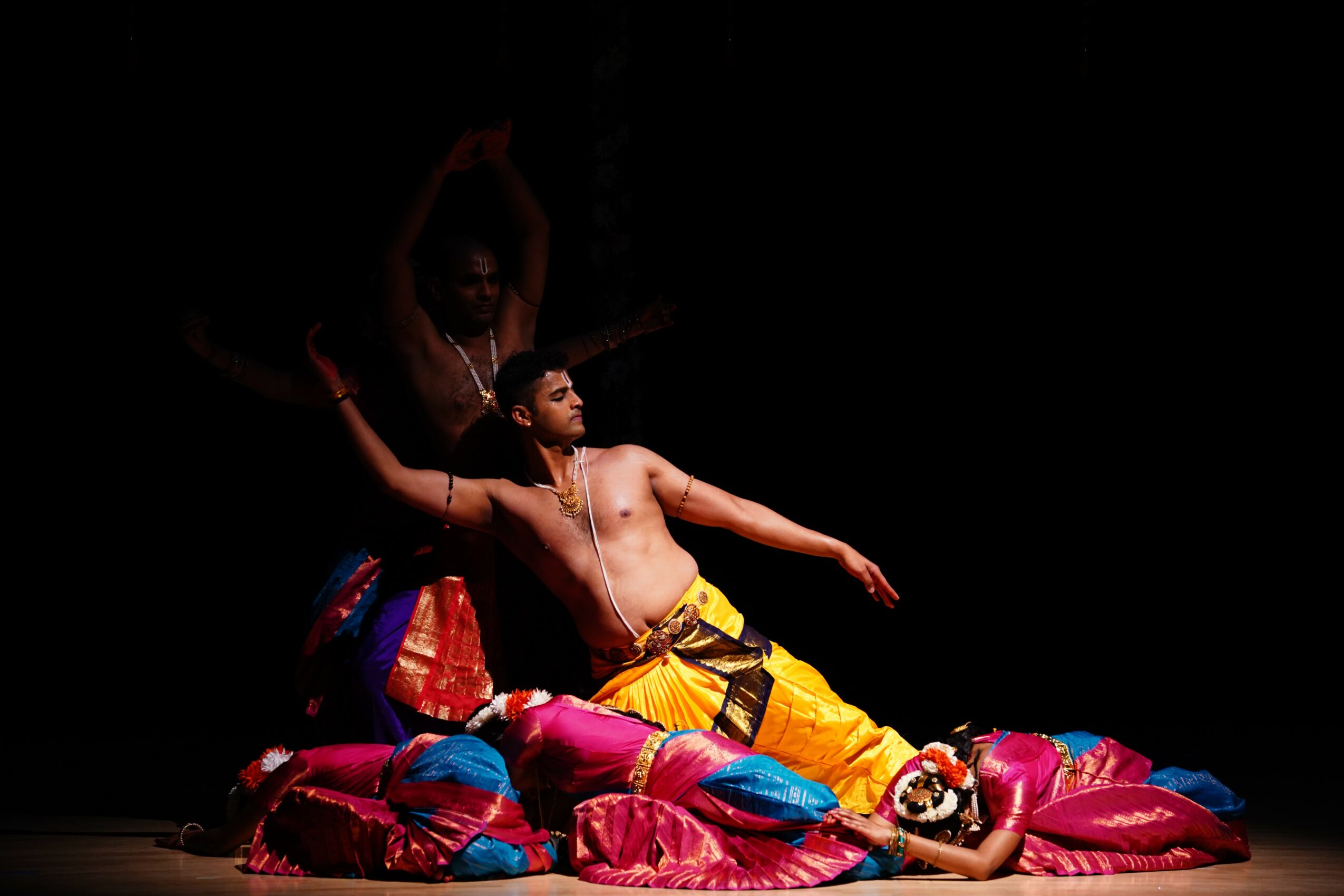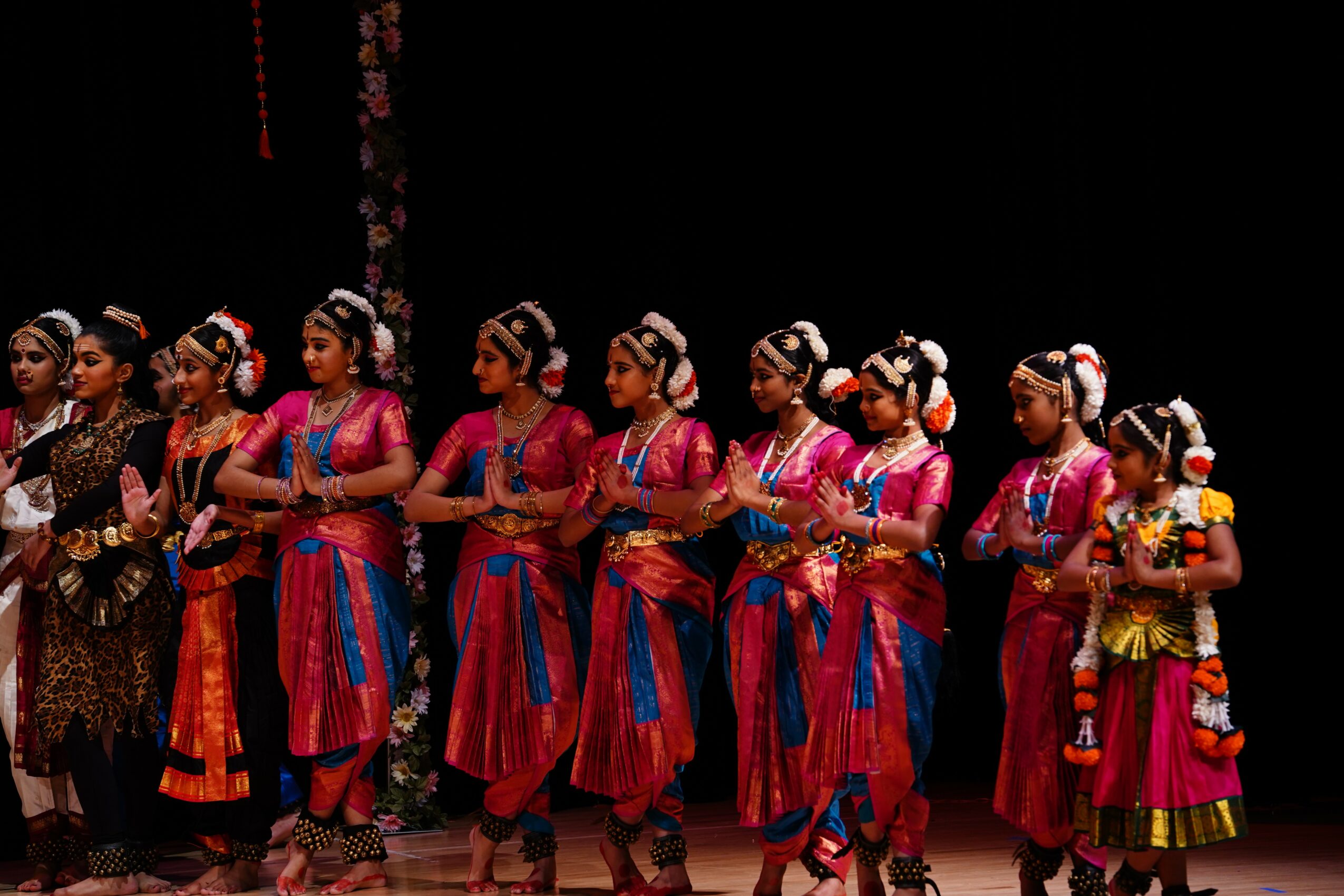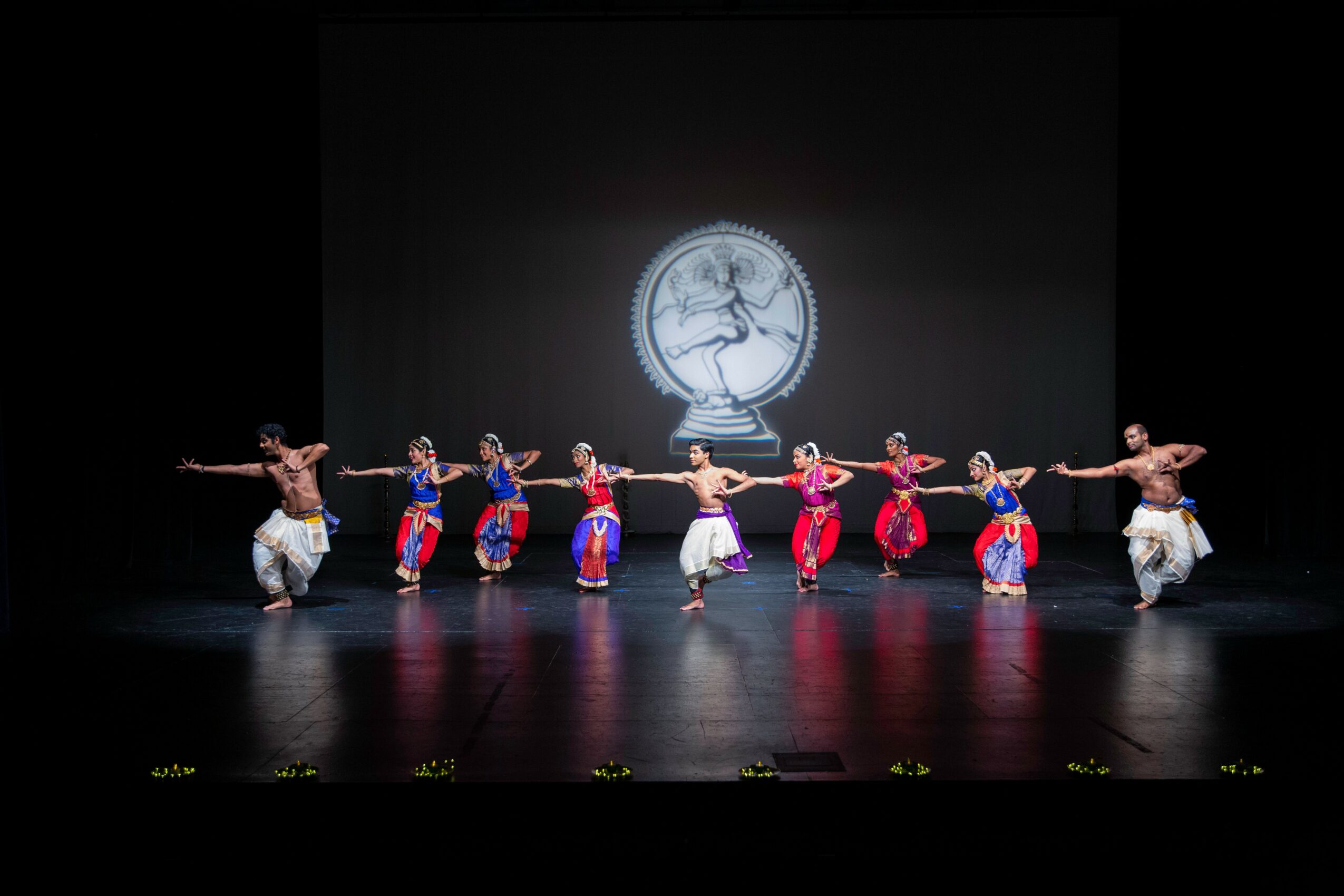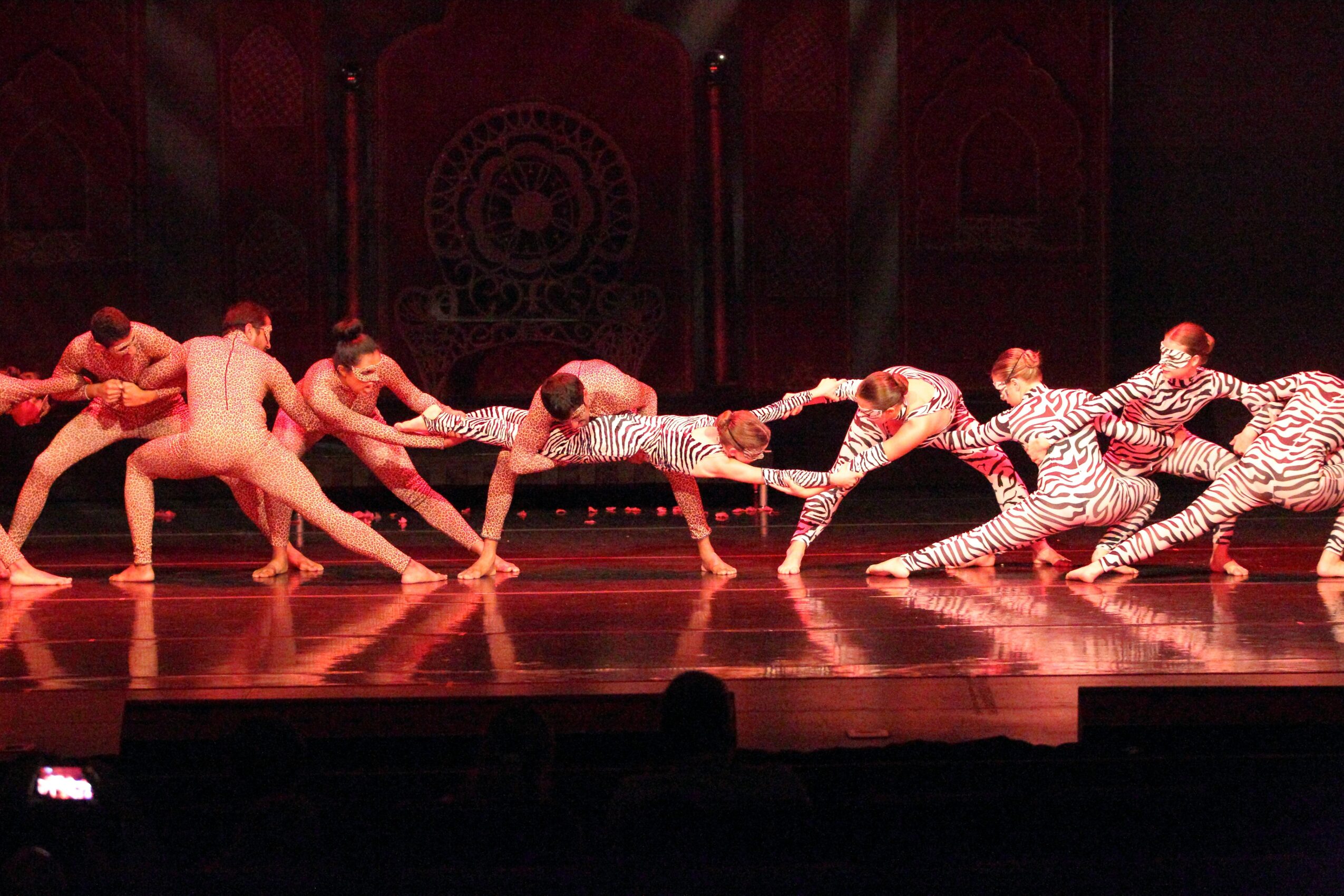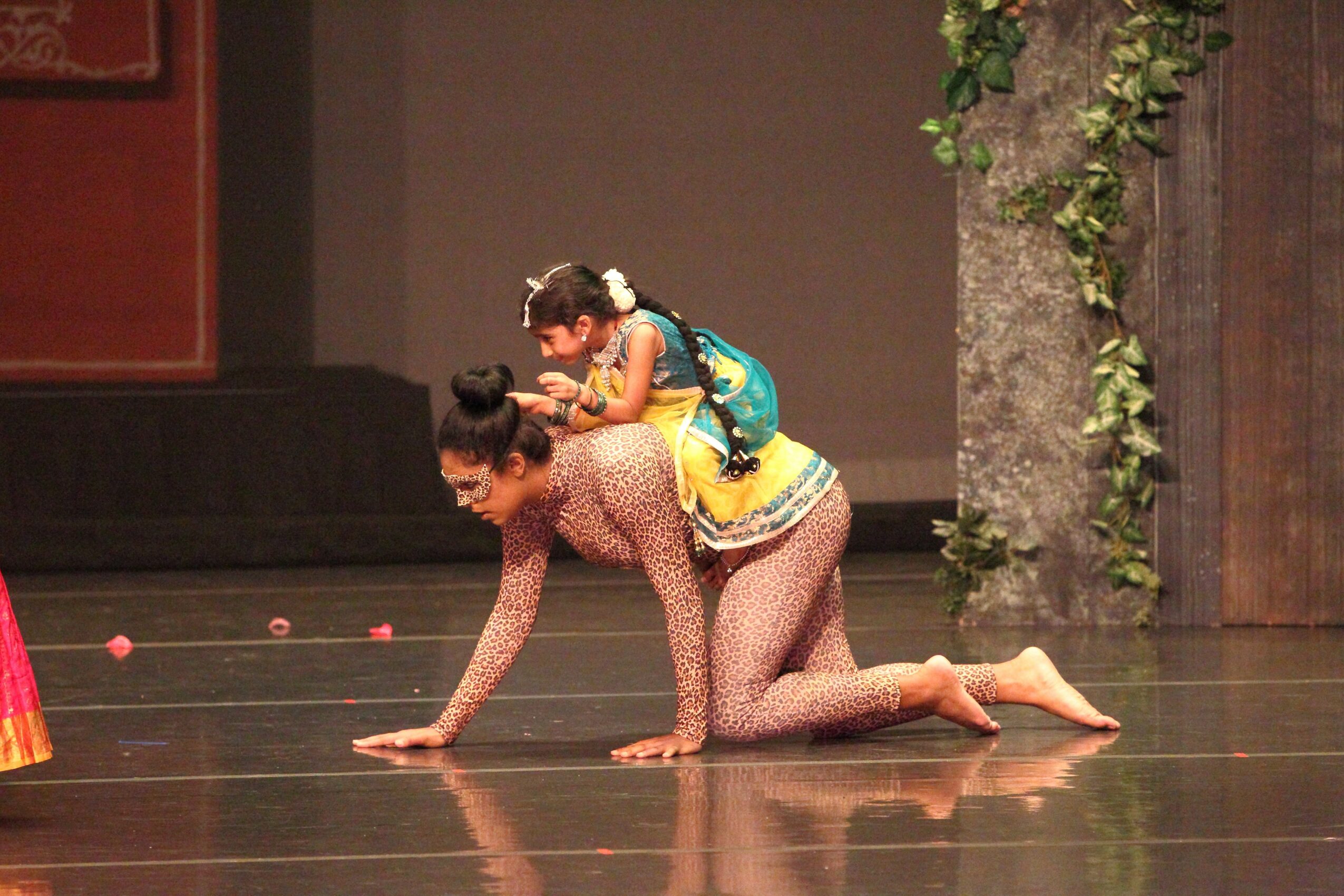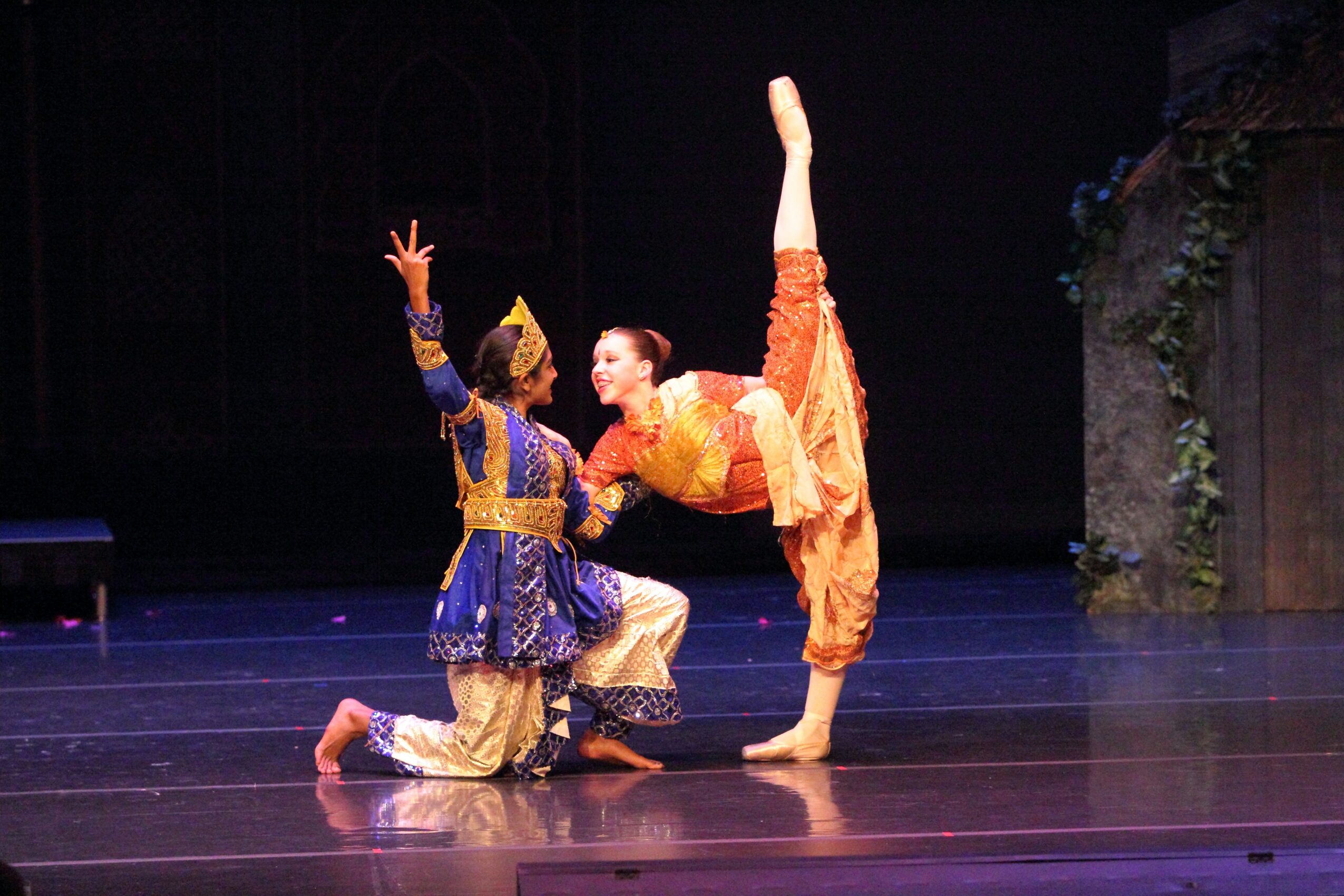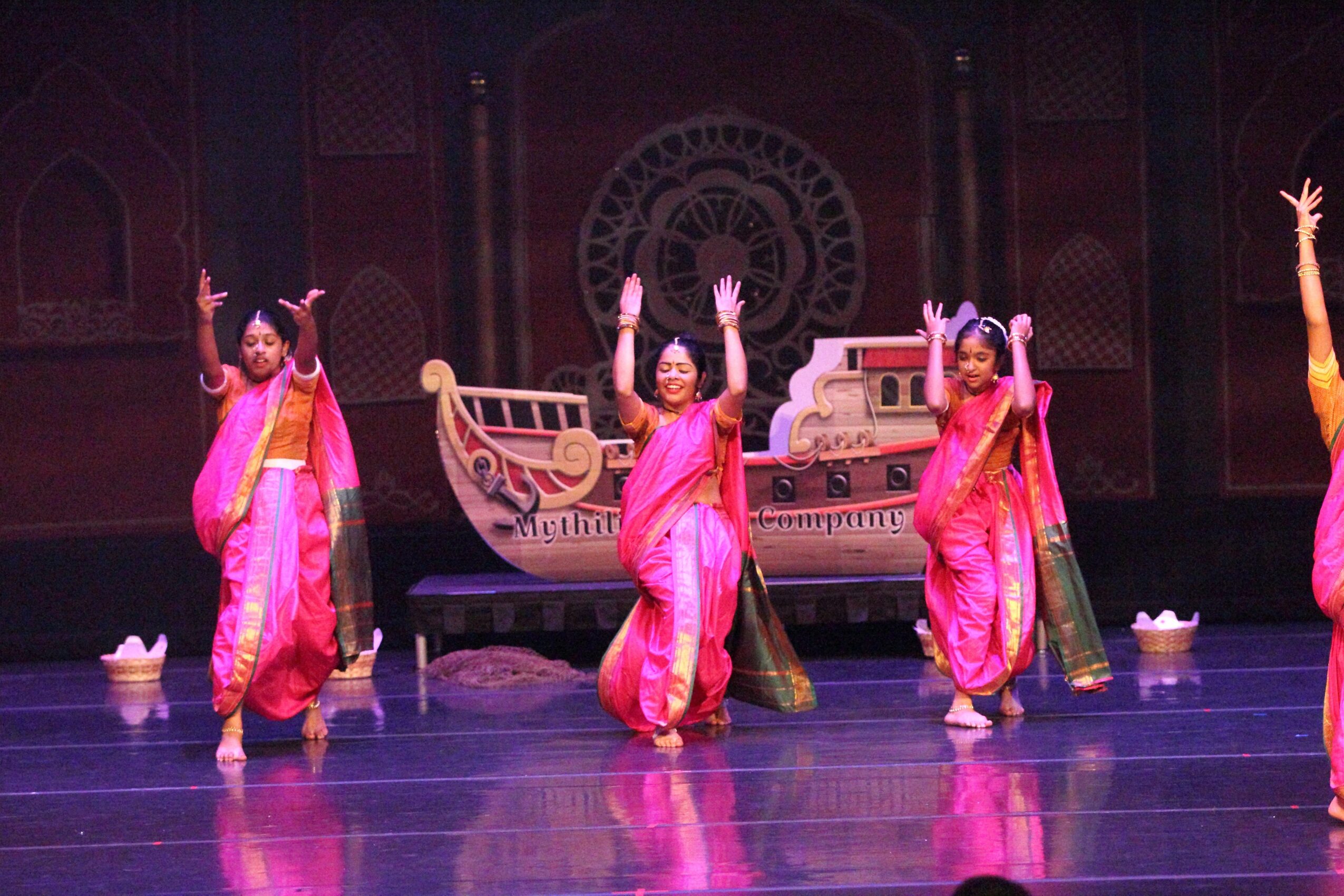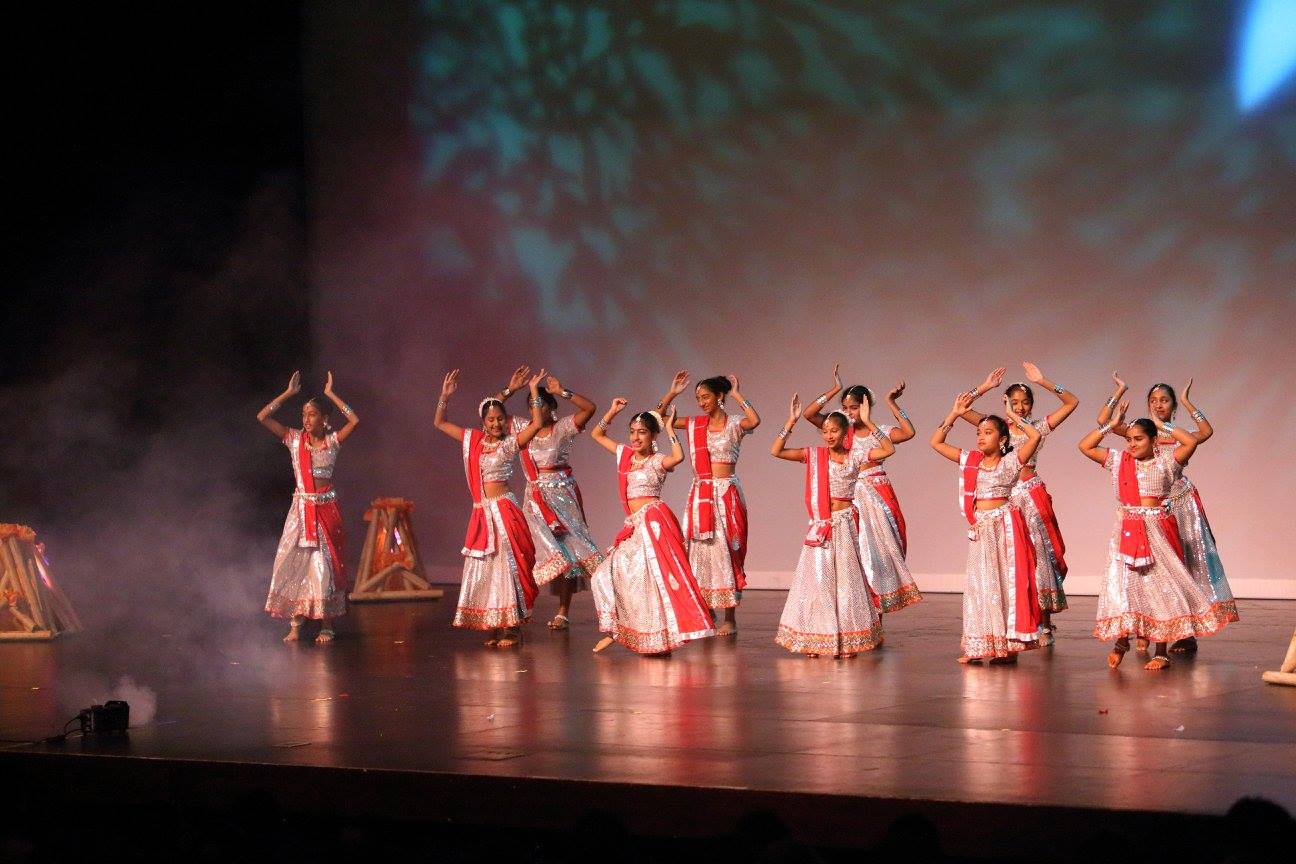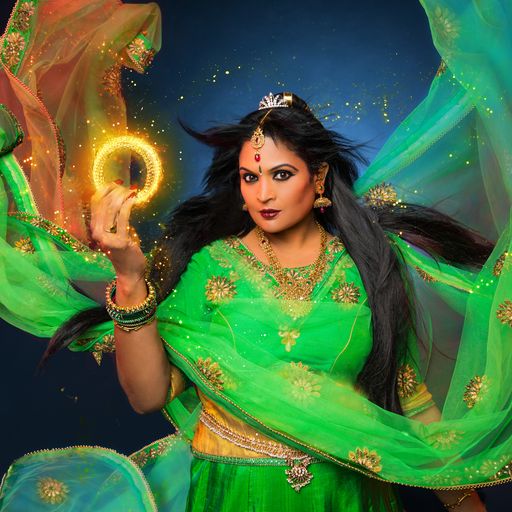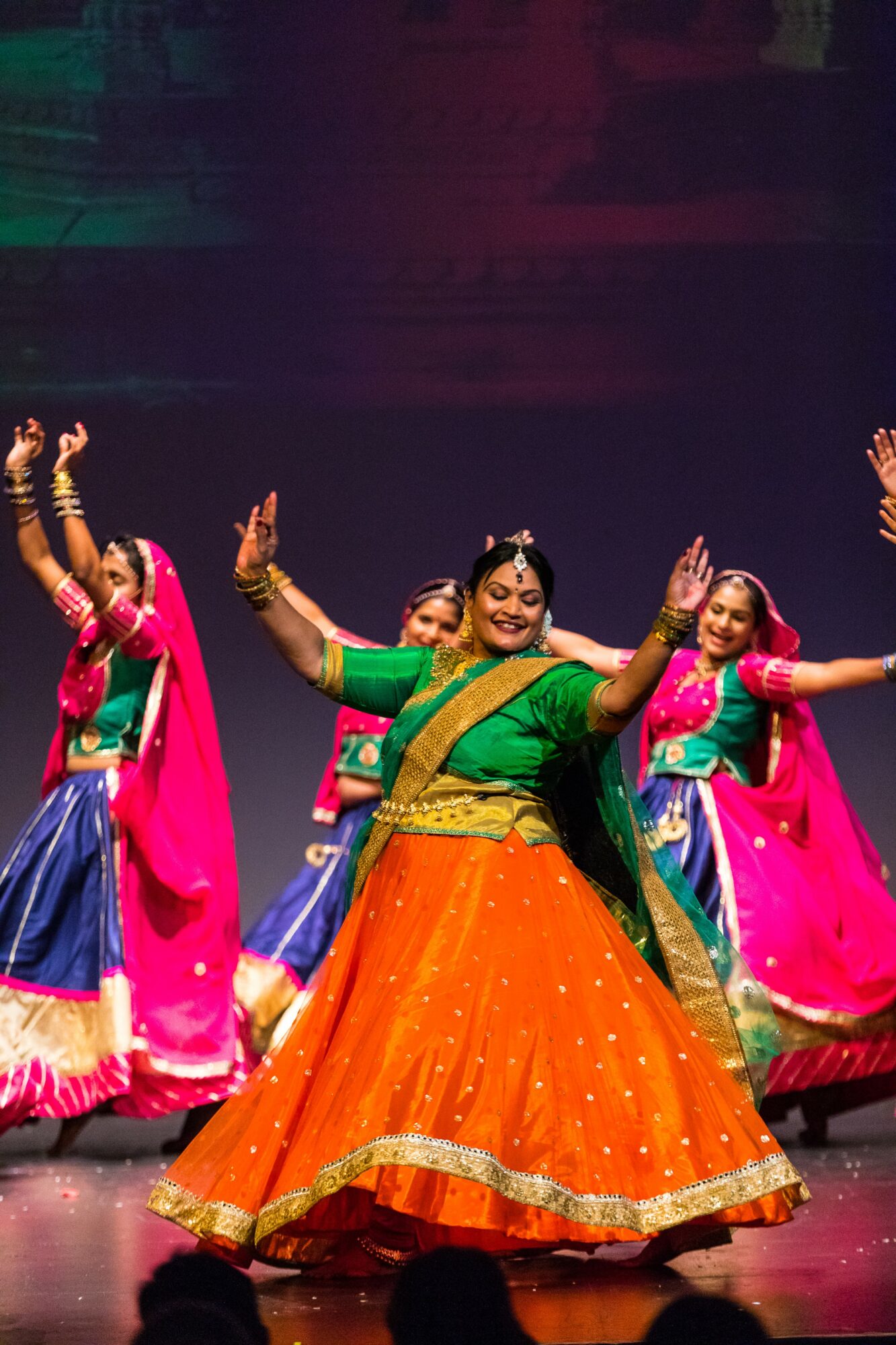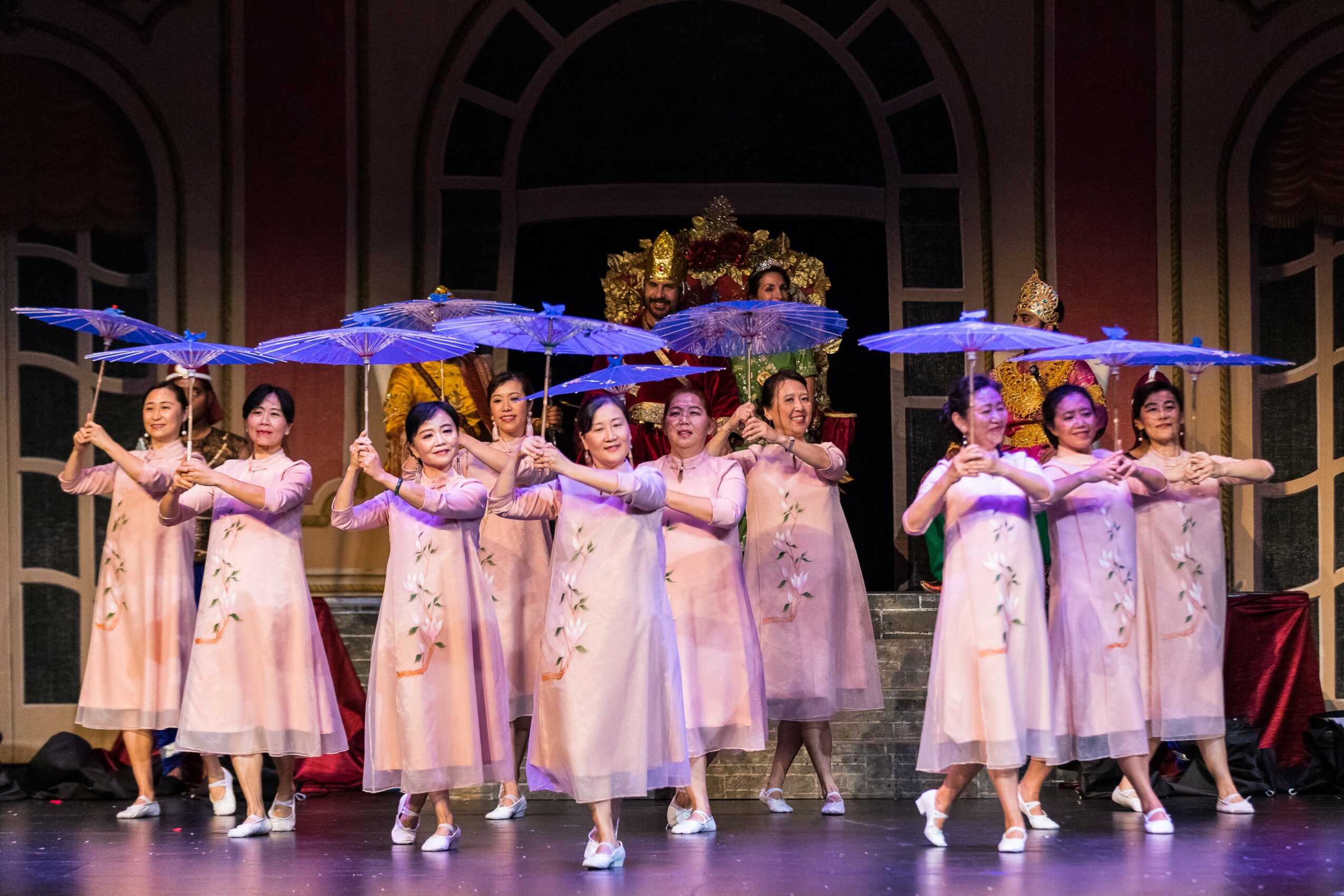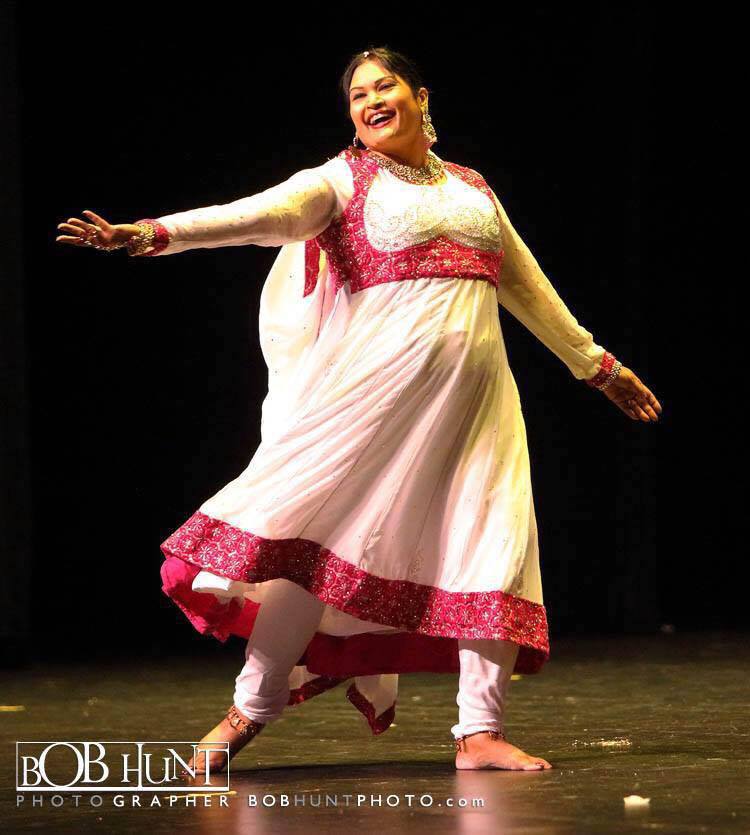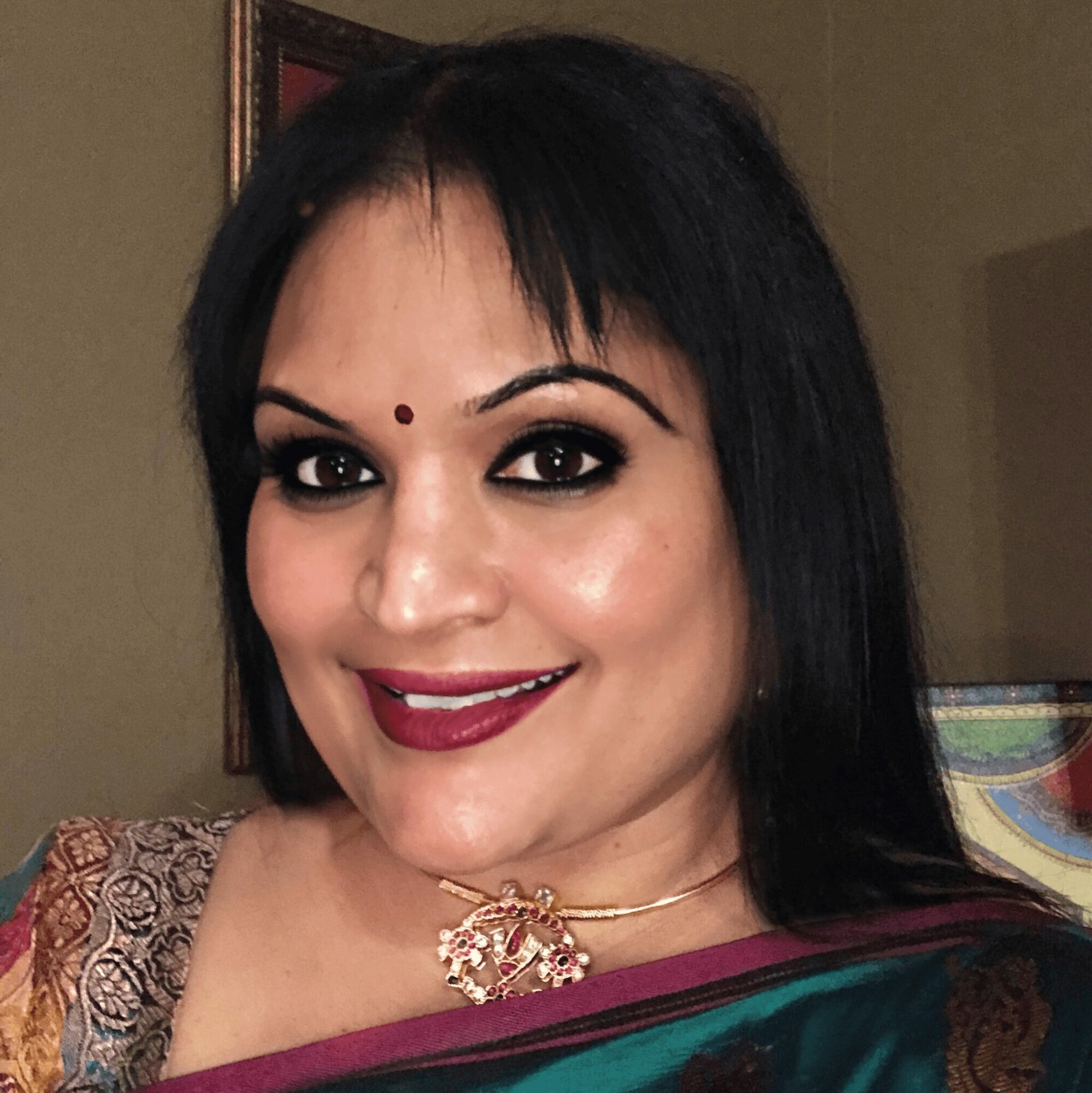

Today we’d like to introduce you to Rama Suresh
Hi Rama, thanks for joining us today. We’d love for you to start by introducing yourself.
My name is Rama Suresh, and I am the Founder and Artistic Director of Mythili Dance Academy (MDA), a distinguished institution dedicated to Bharatanatyam, the classical dance of South India. I have dedicated over 35 years to performing and teaching Bharatanatyam in Peoria, Illinois, before relocating permanently to Frisco, Texas, where I currently instruct students in the Prosper, Frisco, Plano, and McKinney areas. Under my guidance, my faculty continues to teach Bharatanatyam in Illinois as well.
My mission is to keep alive Indian traditions and culture in the United States, ensuring a cultural legacy for future generations. My vision is to preserve the classical traditions of Bharatanatyam while infusing it with creativity that enhances its relevance and significance in contemporary society. Through my academy, I am honored to mentor the next generation of Bharatanatyam artists who share my enthusiasm for this art form, equipping them with the skills necessary to explore new avenues with it. I take great pride in the fact that many of my students, over the past three decades, have successfully completed their arangetram, marking their debut solo performances, and have gone on to become teachers and practitioners of this cherished art form.
I am a practitioner of the Tanjore tradition of Bharatanatyam. I consider myself fortunate to have received direct instruction from the esteemed masters of the Thanjavur tradition and renowned gurus Kalaimamani Sri. Thanjai M Arunachalam Pillai and Thanjai M Vasudevan Pillai.
I was introduced to Bharatanatyam and to my Gurus by my mother, Mrs. Mythili Rajappan, who has always held a deep appreciation for this classical dance form. From the age of four, I vividly recall being captivated by Bharatanatyam performances, often listening to my mother elucidate the intricacies of the dance as I watched in amazement. Inspired by these performances, I would return home and attempt to recreate the dances I had seen, often dancing whenever music played, whether at home or in public, much to my parents’ chagrin.
Recognizing my enthusiasm for dance, my parents decided that I should pursue the authentic Thanjai style of Bharatanatyam. Consequently, I began my formal training at the age of five under the esteemed guidance of Guru Kalaimamani Thanjai M. Arunachalam Pillai and Thanjai M. Vasudevan Pillai in Chennai, India, where I resided. Once I embarked on my Bharatanatyam journey, I was resolute in my commitment, as it felt like a dream realized. My training schedule consisted of six classes each week—four during the weekdays at home and two on weekends at my Master’s residence in Mylapore in Chennai, India. Arunachalam Master, who typically had a demanding schedule, graciously agreed to provide me with private lessons out of respect for my mother, for which I am profoundly grateful. Although my dance commitments often required me to forgo family gatherings and birthday celebrations, the joy of performing on stage was unparalleled and made every sacrifice worthwhile.
I had the honor of performing my arangetram (debut solo performance) at the young age of nine and continued to present solo performances professionally, guided by my Gurus and supported by my parents. My mother played an integral role in my training, closely monitoring my classes and practice sessions at home. Additionally, she managed my costumes, jewelry, and all related logistics.
My only responsibility was to dedicate myself fully to practice, repeat and perfect this artform to the best of my ability. My mother introduced me to Mridangam Vidwan Karaikudi Krishnamoorthy to learn Nattuvangam, years later as she was confident that I could teach this art form. The ability to instruct came only after I had mastered and performed over 50 varnams and swarajathis, many of which were traditional compositions that are both unique and rare. Additionally, I learned countless keerthanams, thillanas, padhams, and javalis throughout decades of numerous solo margam performances both nationally and internationally.
I doubt my mother or my father or my Gurus ever anticipated that their deep interest and commitment to my Bharatanatyam training would profoundly influence the decades that followed and shape me into the person I am today—a transformed individual dedicated to fulfilling the dream they had all set in motion. Consequently, I named my dance school “Mythili Dance Academy” in honor of my beloved late mother, recognizing the inspiration and encouragement she provided in my pursuit of excellence in this art form. I also setup the Mythili & Rajappan New Choreography Endowment which is part of a series of four annual donations that has been set up to continually support the creation of remarkable innovative dance works and new productions by gifted Bharatanatyam practitioners. This initiative is in honor of my parents who were dedicated to fostering a strong foundation for the growth of arts and artists. Throughout the years, their inspiration has led MDA to contribute a substantial sum of $708,428 through our dance productions to various philanthropic endeavors .
I genuinely miss my parents and my Gurus, as they were a steadfast support system without whom I would not have been able to perform and teach this art form for decades now. Although my parents and Gurus are no longer with me, I feel their spirit daily in the remarkable parents of my students. Their aspiration to see their children perform and engage with this art form is commendable, and even more praiseworthy is the unwavering support they offer in terms of practice, scheduling, makeup, and costumes, all while maintaining a positive demeanor. These parents, along with my talented, respectful, and humble students who make me feel appreciated, continue to inspire me in the absence of my own parents and Gurus. For this, I am truly grateful.
We all face challenges, but looking back would you describe it as a relatively smooth road?
Numerous challenges and obstacles arose, particularly during my initial years of teaching and performing in the United States 35 years ago, a time when awareness and appreciation for Indian classical dance were quite limited. Balancing my responsibilities as a full-time solo dancer and performer with those of a teacher proved to be exceedingly daunting at the outset. Additionally, relocating thousands of miles from home, getting married, and eventually raising a family, all while lacking the physical and emotional support of my parents, contributed to significant mental strain and anxiety.
Another considerable hurdle was the scarcity of performance opportunities in Indian classical dance at that time. Aside from brief five-minute performances organized by local Indian communities, there were few avenues available. To provide my students with performance experiences, I often invested my own funds to rent theaters, refraining from charging for extra classes, and organized biannual performances that consistently attracted full audiences, which was quite encouraging. Over time, I was fortunate to secure sponsorships from individuals and organizations who appreciated our performances, allowing us to expand our opportunities.
I also had to carefully consider my approach to teaching Bharatanatyam, ensuring it was tailored to meet the diverse learning styles and knowledge levels of each student, which was no small feat. The conventional one-size-fits-all methodology that generally worked in India was not effective in this context. Consequently, I adopted a different pedagogical strategy for teaching this traditional art form to students in the U.S., diverging from the traditional guru-shishya lineage approach with which I was familiar in India.
A particularly significant challenge I faced was the need to convey the cultural symbols and practices inherent in Indian tradition to students from various backgrounds. This encompassed teaching fundamental aspects such as the significance of wearing a bindi, the use of various ornaments like earrings (Jhumkas), anklets (Salangai or Ghunghru), waist belts (Ottiyanam), and the art of hairstyling. The students in this setting had limited exposure to Indian culture, which transformed what was often taken for granted in India into valuable teaching moments for me. Although it presented challenges, it was also an enjoyable experience.
These challenges have diminished significantly these days due to the increased exposure to Bharatanatyam. Currently, there are numerous grants and opportunities available for teachers, dance schools, and professional performers in the United States. This is indeed a remarkable era for the dance community. However, a notable concern is that, despite the growing exposure to Bharatanatyam, not all parents possess the knowledge necessary to identify qualified instructors. It is essential for parents to research the teacher’s experience, their artistic lineage, the number of debut and solo performances by students at the academy, the variety of dance productions available, and, most importantly, the individual attention each student receives in class. These factors should be pivotal in selecting the appropriate dance school. It is disheartening that many parents overlook these critical considerations.
Thanks – so what else should our readers know about your work and what you’re currently focused on?
I have choreographed and showcased both solo dance recitals and thematic dance ballets, drawing inspiration from a wide range of themes, spanning from ancient epics to contemporary narratives.
My objective is to collaborate with various global communities and artists who are connected by their passion for dance, engaging in collective efforts to raise funds for charitable causes through our performances. I often emphasize that “We are more than just dancers…we are dancers with ‘heart’.” In this spirit, I have produced and directed numerous successful Broadway-style shows featuring a diverse ensemble of 120 dancers, including ballet, Indian, Chinese, and Mediterranean performers, to support organizations such as Metroplex Tamil Sangam, OSF Children’s Hospital, Center for Prevention of Abuse, Chinmaya Hamsavahini, MTS Dallas, Wildlife Prairie Park, St. Jude Children’s Research Hospital, and Ronald McDonald House of Central Illinois, among others. Over the past several years, these productions have successfully raised and donated a total of $708,428 to various charitable organizations. Below are some of my notable productions:
• Congenital Heart Center Fundraiser – “The Forgotten Ring”
dance musical
• Congenital Heart Center Fundraiser – “In The Shadow Of The Swan” dance musical –
• Metroplex Tamil Association, Dallas, TX- “Nala Dhamayanthi” dance musical –
• Center For Prevention Of Abuse Fundraiser – “The Tale Of The Anklets” dance musical
• St. Jude Fundraiser – “Sangamam” dance musical
• Chimaya Hamsavahini Fundraiser – “Rudra” classical thematic dance
• Ronald Mcdonald House Fundraiser – “Shyam” classical dance musical
• Chimaya Hamsavahini Fundraiser – “Hariye Gathi” classical thematic
• Hindu Temple of Bloomington Fundraiser – “Padmavathi Kalyanam”
• Mythili & Rajappan “New Choreography Endowment” Award Program – “Aradhana’ & “Shri Ranga”
I have established the “Mythili & Rajappan New Choreography Endowment,” which is part of a series of four annual contributions aimed at consistently supporting the development of exceptional innovative dance works and new productions by talented Bharatanatyam artists. This initiative is dedicated to my parents, who were committed to nurturing a robust foundation for the advancement of the arts and artists. The inaugural endowment was awarded to the esteemed Bharatanatyam artist, educator, and choreographer, Vid. Pavitra Krishna Bhat from India, for the year 2025. The subsequent endowments are intended for new choreography projects by Bharatanatyam artists in the United States.
The significant influence of my academy on the cultural landscape in both India and the United States is evidenced by the numerous grants we have received from the Sangeet Natak Academy and various Arts Council grants. The grant from the Sangeet Natak Academy in India enabled me to tour the country and present my choreography of the dance drama “Shakunthalam” in 30 different cities, garnering critical acclaim across the nation. Additionally, I am recognized as a Master Artist by the Illinois Arts Council and hold the Grade “A” designation with Indian National Television – Doordarshan. I have also been blessed to be honored with several prestigious awards and titles, including the recent “Natya Kala Jothi” title and the “Natya Mani” title. Furthermore, I have produced “Ananda Natana Prakasham,” a dance CD featuring various Bharatanatyam dance compositions aimed at supporting emerging dancers. My aspiration is to continue the century-old tradition of teaching this divine art form to future generations by identifying and training students who possess the dedication and passion for this discipline, thereby expanding the horizons of Bharatanatyam.
Alright, so to wrap up, is there anything else you’d like to share with us?
The prospects for the instruction of Bharatanatyam in future
I reflect on my responsibilities as a teacher in this day and age. In a time when students are eager to participate actively in their education through inquiry and hands-on learning, the role of Bharatanatyam instructors I believe is to ignite a passion for the art form, promote creativity, and nurture individual expression. We have to recognize that our teaching methods and classroom approaches must extend beyond our previous training, drawing from the diverse experiences we have as dancers and researchers. The needs of millennial learners are evolving, necessitating a reassessment of teaching strategies. A balance of traditional methods with new and adaptive ones that build a student-centered learning environment will work best.
The idea of teaching is to foster in students the desire to engage with the art holistically. We need to create not just dancers and performers, but also choreographers, thinkers, teachers, and an informed audience through our students. The role of the teacher is slowly shifting from an expert to a facilitator. Ultimately, helping students find joy through dance is one of the most rewarding purposes of being a Bharatanatyam teacher.
Contact Info:
- Website: https://mythilidance.com/
- Instagram: https://www.instagram.com/mythili_dance_academy
- Facebook: https://www.facebook.com/MythiliDance
- Youtube: https://www.youtube.com/@mythilidanceacademy
